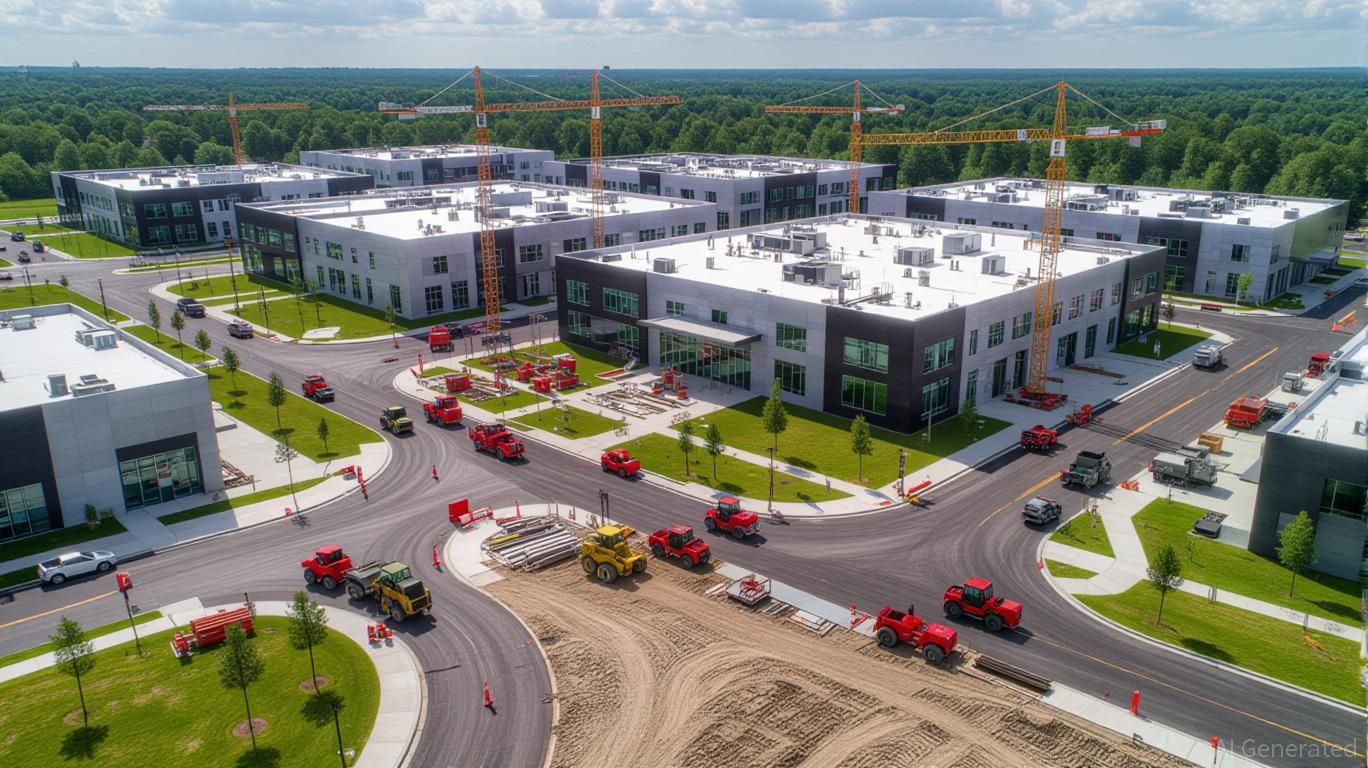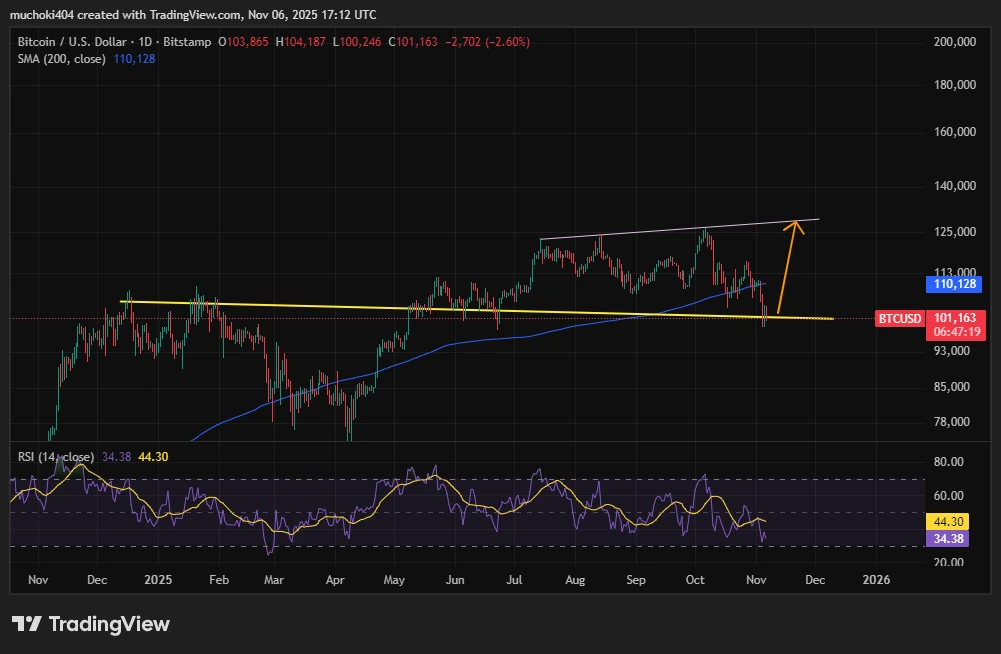Why Ray Dalio says gold is the safest money
Ray Dalio has always loved a good macro plot, but this time he kept it strictly metal. Last week on X, the founder of Bridgewater Associates, argued that gold isn’t just a shiny relic; it’s the single safest form of money, with a track record that leaves modern fiat in the dust.
His reasoning? Gold has weathered thousands of years and every currency experiment, from hard-asset backing to the era of infinite-print fiat. All other monies come and go; gold just watches the parade (and sometimes cashes in while the confetti settles).
What Ray Dalio really means by ‘safest money’
Ray Dalio’s take is simple but forceful. Throughout history, all currencies have been either linked to hard assets (think gold or silver) or totally fiat, but both break down when the debt piles up and politicians start reaching for the print button.
Gold, on the other hand, isn’t at risk of being devalued or confiscated. It doesn’t rely on anyone else’s promise, and can’t be frozen by any central bank cyber-wizard. You actually get to hold it, making it the go-to in times of crisis, inflation, or government asset grabs.
What’s notable is that Ray Dalio, who’s encouraged investors to hold Bitcoin as a hedge in the past, doesn’t mention BTC at all here. He’s going full old school. Maybe that’s because, as he notes, gold is still the second-largest global reserve currency (after the dollar), and unlike the dollar, it doesn’t lose value every time someone in D.C. sneezes.
Gold vs. fiat: a battle of (de)valuation
Since the U.S. moved off the gold standard in 1971, the greenback has been lit up like Vegas. The Federal deficit has ballooned past $2 trillion, while the U.S. has rolled out $1 trillion annual deficits for four years and counting. According to government data, the dollar has lost over 85% of its purchasing power since Nixon’s big decoupling. Meanwhile, gold keeps up with living costs (even if it won’t buy you dinner at Ruth’s Chris).
Dalio points out that gold only lags when paper money pays more interest than its underlying decline. Otherwise, timing the market is “a fool’s errand.” Instead, hold gold as your insurance against system breakdowns, wars, and runaway spending sprees. He recommends a portfolio allocation of 5-15% in gold depending on your risk tolerance.
What got left out: where’s Bitcoin?
Here’s the kicker: despite Dalio’s history of calling Bitcoin “digital gold” and a valuable hedge, he didn’t bring it up a single time in his recent arguments for gold. Maybe it’s a tactical omission; maybe he’s focused on real-world crisis insurance. Whatever the case, gold remains his ultimate safe haven, even as the crowd keeps asking about Bitcoin.
So as the fiscal time bomb ticks and gold spikes past $4,000 an ounce, the message of Ray Dalio is clear: gold is still the last man standing… and Bitcoin is waving from the sidelines, waiting for its next big mention.
Disclaimer: The content of this article solely reflects the author's opinion and does not represent the platform in any capacity. This article is not intended to serve as a reference for making investment decisions.
You may also like
Fed Split Over December Decision: Focus on Employment or Tackle Rising Prices?
- Fed officials debate December rate cut likelihood (67.3%), balancing labor market risks vs. inflation amid divided policy views. - Governor Cook prioritizes employment risks over inflation, while Daly supports "modestly restrictive" policy to curb price pressures. - Goolsbee warns of rising inflation, contrasting with Myron's call for 50-basis-point cuts to prevent recession, highlighting policy uncertainty. - Fed's $125B liquidity injections and balance-sheet pause signal easing, yet Powell cautions aga

The $9.8M FAST NY Grant and Transformation of the Xerox Campus: Maximizing Industrial Property Potential in Webster, NY
- NY's $9.8M FAST NY Grant funds Xerox campus redevelopment in Webster, aiming to boost industrial real estate and advanced manufacturing. - The 300-acre brownfield site will receive infrastructure upgrades, creating 1M sq ft of industrial space by 2025 with proximity to major transportation and talent. - Secondary markets like Webster outperform primary cities in growth, driven by affordability, skilled labor, and public-private partnerships aligning with state economic goals. - Infrastructure investments

Japan’s FSA Backs Major New Stablecoin Initiative
In Brief Japan’s FSA supports a major new stablecoin pilot involving three major banks. The initiative explores regulatory compliance for stablecoins as electronic payment instruments. This marks the first project of the newly formed "Payment Innovation Project" (PIP).

JPMorgan’s Analyst Says Bitcoin Needs to Hit $170k to Match Gold’s Private Investment Value

